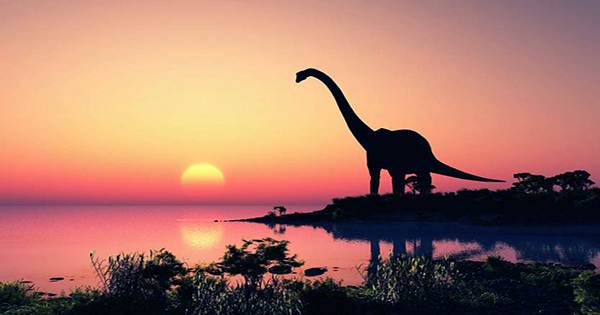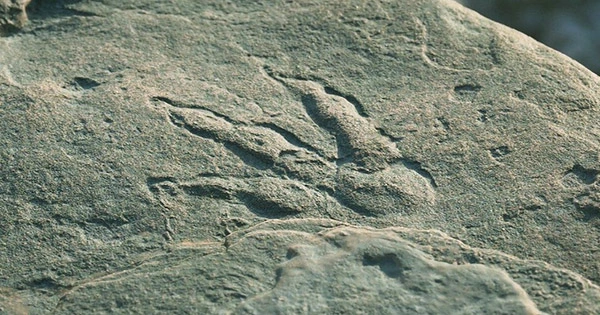In 2022, when a customer at a restaurant in China inquired about some odd pits on the stone floor, dinosaur footprints were accidentally found. A dozen neatly spaced tracks were spotted around the outside courtyard of the Garden Restaurant in Sichuan Province, and it was later discovered that they were dinosaur footprints that were approximately 100 million years old.
The pits had been noticed in the 1950s but were deemed nothing unusual and were smoothed over to balance out the floor, according to a recent report about the finding. It was a resident at the time, but three years ago it was turned into a restaurant, once again exposing the pits to the public.
“The footprints went unnoticed for so long, but once you know what they are, it’s difficult to unsee them,” said Associate Professor Lida Xing of the China University of Geosciences, who contributed to the discovery. “Because there is no skeletal record of dinosaurs in the region, these fossilized tracks provide invaluable information about the types of dinosaurs that lived there.”

Food Instagrammers get a lot of flak for photographing their meals, but taking a moment to admire your surroundings before face-planting into your meal might have some advantages. A team used 3D scanners to determine the footprints produced by sauropods, which were plant-eating dinosaurs that reached huge sizes.
Dinosaur Lab researcher Dr. Anthony Romilio remarked, “We compared the size of the footprints with complete fossil skeletons.” We also know that for such a big animal, the dinosaurs were moving at a walking speed of about two kilometers (1.2 miles) per hour.
They calculated the owner of the footprints’ length in life to be around 10 meters (32 feet) long using this knowledge. Although not nearly as enormous as Patagotitan, which grew to be around four times that, it was still fairly large.
The “restaurant tracks” received worldwide notice, including coverage in the international press, and are now reported in a scholarly publication. They are the footprints of a Brontopodus-type sauropod from the Lower Cretaceous, found in the Jiaguan Formation.
With such a unique place for learning about Earth’s past, it’s a good reminder to watch for hidden clues.
“It demonstrates the importance of being curious about our surroundings and paying attention to the world around us,” Romilio said. “For some lucky people, discoveries can come from unexpected places – even while you’re eating.”
















